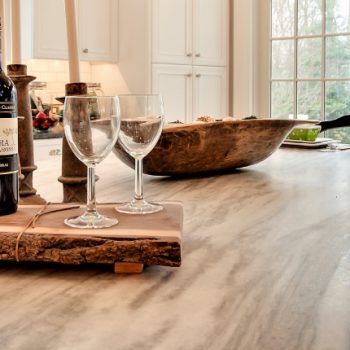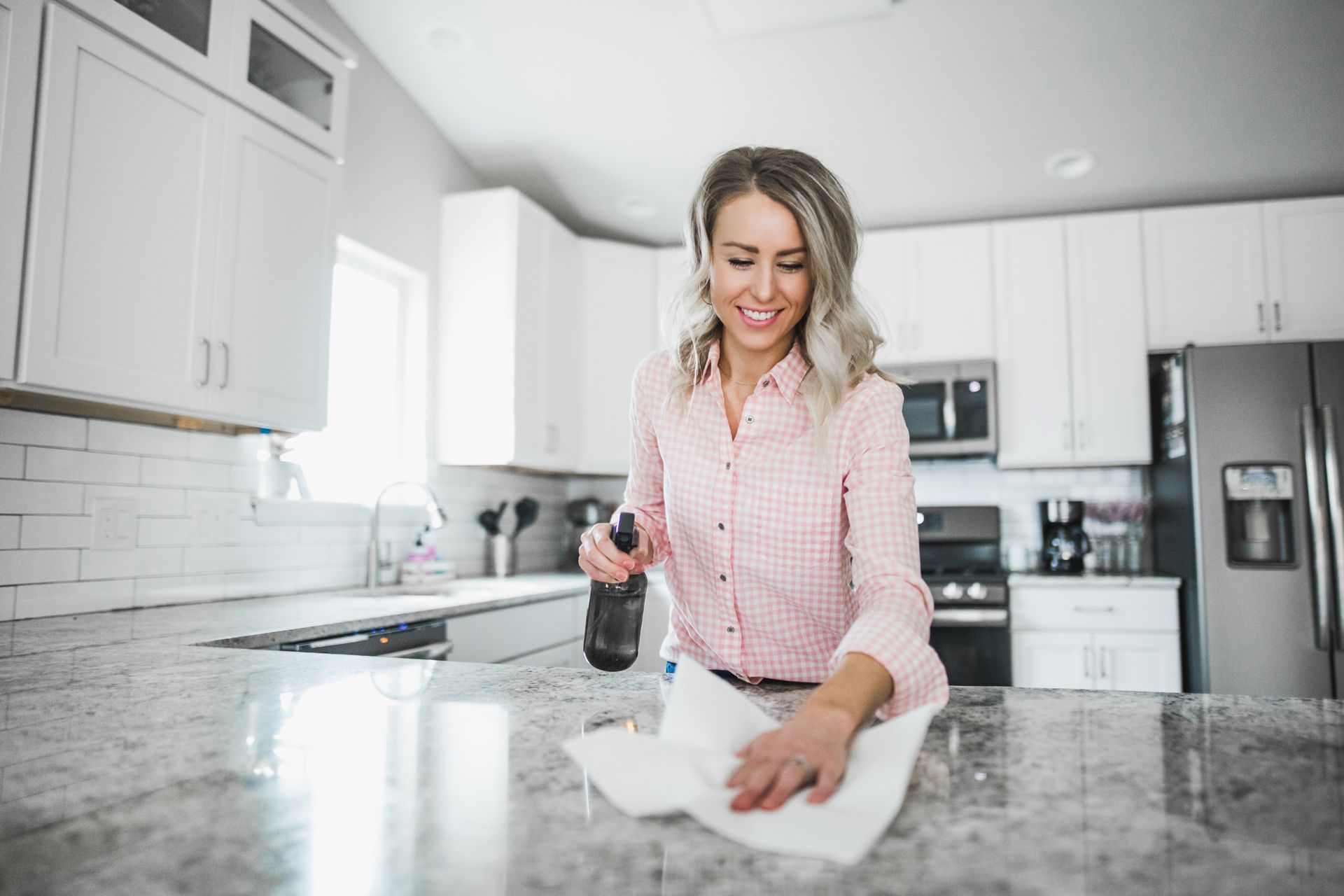Factors to consider when selecting natural stone for your home

When choosing a natural stone for kitchen countertops, homeowners should know that all stones require some level of maintenance.
Porcelain-enameled surfaces are now being used as the ideal material to have in the kitchen due to their combined resistance and beauty. However, they require professional installation services which increase costs significantly. Cleaning is not as simple as with natural stone, which is why it's so important to hire the services of a professional.
If you are one of those homeowners who like natural materials, natural stone is the perfect choice for your kitchen countertops. There are many types of natural stone to choose from, each with its own benefits and disadvantages.
Here are some factors to consider when choosing natural stone for your kitchen countertops.
Granite
The durability of granite is unmatched, and with so many colors to choose from it's the perfect material for your next project. If you have children or entertain often we may recommend a mid-to dark tone since stains can be minimized in those settings
Marble and Quartz
If your heart is set on that white marble look there are options with other materials to help you achieve it. Quartzite, which has excellent durability but can get close in coloration and aesthetic of stone (if not entirely), will also do the trick! If a person's family tends often eat out or they're single professionals this lessens importance for them since they don't have any kids who need bedrooms made from these types material--which opens up many more choices as well.
Choose the right polish
Natural stone comes in a variety of finishes, and each offers its own advantages. Polished is often the preferred option because it's more versatile - you can keep your countertop looking just as good on day one as when it was first installed! But we always encourage our customers to find what they like best; no matter which finish catches their eye at an event or showroom visit for home delivery services (which are available all over).
Contact us today
Keeping your natural stone counters clean and in good shape is important, but it's even more crucial to seal them once a year. Our countertop specialists can give you information about sealing or recommend when the best time would be for this service! If there are any doubts at all - don't hesitate
to call on us.


